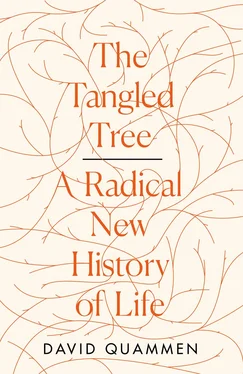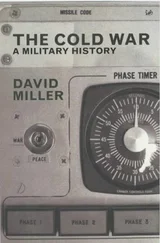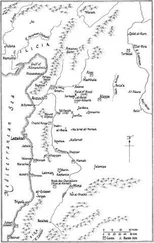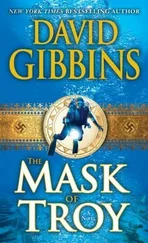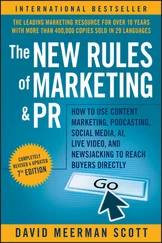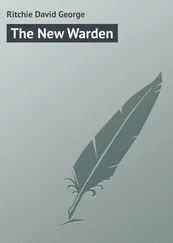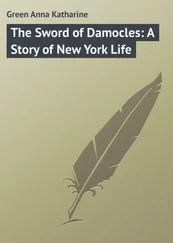Their 1963 paper made an important distinction between molecules that carry genetic information—such as DNA or the proteins it encodes—and other molecules, such as vitamins, that cycle through a living creature and out the other end. Information molecules have histories that can be deduced; they have ancestors from which the variant forms, in this creature or that, have descended. Scrutiny of such molecules, wrote Zuckerkandl and Pauling, can tell us three things: how much time has passed since the lineages split, what the ancestral molecules must have looked like, and what were the lines of descent. The first of those three kinds of information became known as the molecular clock, although Zuckerkandl and Pauling hadn’t yet named it. The third kind implied trees.
Zuckerkandl continued reworking and developing these ideas, with Pauling as his coauthor and sponsor. In September 1964, before a distinguished and argumentative symposium audience at Rutgers University, he delivered a long paper that became the definitive version of their shared ideas and that, despite Zuckerkandl having done most of the writing, has been called the “ most influential of Pauling’s later career.” In this paper, the two authors offered their memorable metaphor: if the minor changes in molecular variants are proportional to elapsed time over the eons, they said, what you have is “a molecular evolutionary clock.”
It was tentative, a hypothesis. The hypothesis was disputed at the Rutgers symposium and would be controversial in coming years, but it captured attention, it focused thought, and it promised a whole new way of measuring life’s history, if it was right. The molecular clock has since been called “ one of the simplest and most powerful conceptsin the field of evolution,” and also “one of the most contentious.” Crick himself later judged it “a very important idea” that turned out to be “much truer than people thought at the time.”
Emile Zuckerkandl, meanwhile, moved back to France. Along with Pauling and just a few others, he had helped launch a new scientific enterprise, and when a Journal of Molecular Evolution came into being, in 1971, he was its first editor in chief. His name isn’t familiar to the wider world, as Pauling’s is, but if you say “Zuckerkandl and Pauling” to a molecular biologist today, he or she will think “molecular clock.” Fitting as that may be, it overlooks the other important point: the other metaphor embedded in the long Rutgers paper, where Zuckerkandl wrote that “ branching of molecular phylogenetic treesshould in principle be definable in terms of molecular information alone.” This was a whole new way of sketching those trees, which rose and spread their branches as the clock ticked.
11

Carl Woese came to the University of Illinois, in Urbana, in 1964, the same year Zuckerkandl delivered the paper at Rutgers. The enterprise that would become molecular phylogenetics—back then bruited under other names, such as Crick’s protein taxonomy, and Pauling and Zuckerkandl’s chemical paleogenetics—had begun to attract interest. Woese saw its deepest possibilities more clearly than anyone else. Molecular sequence information, he realized, could be used to read the shape of the past.
Woese was thirty-six years old and was hired with immediate tenure, which gave him some latitude to undertake risky, laborious research projects without need to worry about quick publications. His professorship was in the Department of Microbiology, though he had trained as a biophysicist, not a microbiologist, and had spent little time if any peering through microscopes at bacteria and other tiny bugs. He was more interested in molecular biology, then still in its early phase. It was a thrilling new branch of science, its methods just being invented, its cardinal principles just taking shape, and he wanted to be part of that. But the molecular clock wasn’t Woese’s topic, and the prospect of a molecular tree of life hadn’t yet captured his imagination. He was focused instead on the genetic code— and not just what he called the cryptographic aspect: the matter of which bases in which combinations specified which amino acids for building proteins. He wanted to go deeper in time and meaning; he wanted to understand how the code had evolved.
He was well aware that Francis Crick and others, including the eclectic Russian physicist George Gamow, had been working on the cryptographic aspect as a theoretical problem, treating it like an abstract intellectual game. That problem had been illuminated, but not solved, since Crick’s 1958 paper, by a new recognition of RNA’s role, as a messenger molecule somehow carrying DNA instructions to the site in a cell where proteins are built. But what was the structure of RNA, and how did it play that role? Gamow and the others were puzzled, and to them the puzzle was a thrilling game. They had even formed an elite, semifacetious little club—limited to twenty members, reflecting the twenty amino acids of life—for the private exchange of ideas about how coding and protein synthesis might work. They called it the RNA Tie Club— RNA because that molecule was still the mysterious intermediary; Tie because such neckwear evoked, and mocked, the clubby bond of an old school tie. As tokens of club membership, these scientists had embroidered neckties, all alike. They had individual tiepins, each representing one amino acid. They embraced their respective amino identities, at least jocularly: Serine and Lysine and Arginine, etcetera. Cute. Woese wasn’t a member.
The cryptographic riddle, so intriguing to Gamow and Crick and the others, was this: How could the four bases of DNA—represented by those four cardinal letters, A, C, G, and T—be combined in groups of at least three, with or without commas, to produce the twenty different amino acids? Woese addressed it alone. He knew that a team led by Marshall Nirenberg, a young biochemist at the US National Institutes of Health, had made better progress with an experimental approach than the RNA Tie Club was making with collegial theorizing. But he wanted to go deeper.
“ I differed from the whole lot of them,” Woese wrote decades later, “in perceiving the nature of the code as inseparable from the problem of the nature and origin of the decoding mechanism.” The decoding mechanism? By that, he meant whatever organ or molecule translated the DNA information into real, physical proteins. Its origin? To him, at that time, this was the central biological concern. He wanted to understand not just how that decoding mechanism worked but also how it had come into being roughly four billion years ago. He recognized, more clearly than anyone else, that life could not have progressed beyond its simplest primordial forms without a translation system for applying the information in DNA.
No statement from Woese is more telling of his character, his cantankerous self-image as a scientific outsider, than the beginning of that sentence just quoted: “I differed from the whole lot of them …” He was a loner by disposition. He took a separate path. Not in the club. No RNA tie. He published a few papers in Nature on the coding question, and a comment in Science —all under his sole authorship, suggesting ideas, critiquing what others had done. He offered his own view in full, an evolutionary view, in a 1967 book, The Genetic Code , which was visionary, ambitious, closely reasoned, and mostly wrong. But in science, wrong doesn’t mean useless. Trying to imagine the origins of the genetic code brought Woese around, almost reluctantly, to the tree of life.
Читать дальше
